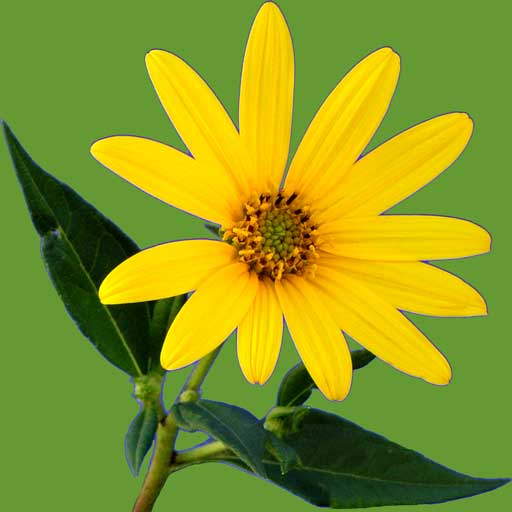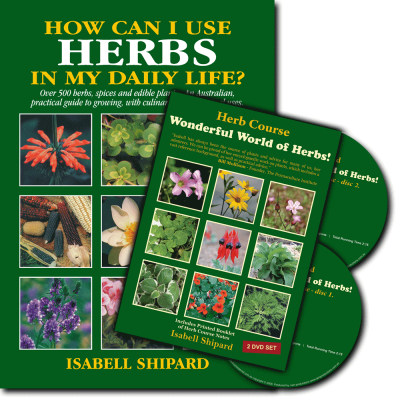… … omitted text, please see How can I use HERBS in my daily life? for full text.
Lesser Galangal is referred to as Greater Galangal
… … omitted text, please see How can I use HERBS in my daily life? for full text.
Greater Galangal also called Galanga, Temulawak (Curcuma xanthorrhiza)
… … omitted text, please see How can I use HERBS in my daily life? for full text.
Two plants are used extensively in south East Asian recipes. The names are rather confusing, and differ according to which Asian country a person came from or which particular herb book has been referred to. In either case, botanical names or common names could mean different plants; sometimes Lesser Galangal is referred to as Greater Galangal and vice versa. I will provide information on two Zingiberaceae species, which have similarities in use:
Greater Galangal also called Galanga, Temulawak (Curcuma xanthorrhiza) Thick stems shoot directly from large, round, yellow rhizomes that can grow larger than a clenched fist. Smaller rhizomes form around the main root. Large 10cm wide leaves stand upright, taking the plant to 1.5 metres high. A red strip runs up the centre of the leaf. Maroon/red flowers form on thick 15cm spikes. The plant dies down over winter and shoots again in spring. Early spring, is a good time to divide the plant for propagation, however, they may be dug at any time for use. It will grow in sun or shade, and requires well-drained, rich soil and sufficient water during dry periods for good growth. Rhizomes are aromatic and pungent with a ginger-sour-lemon flavour.
Lesser Galangal also called Laos, Languas, China Root, India Root, Colic Root, East India Catarrh Root, Petit Galanga, Aromatic Ginger, Greater Ginger (Alpinia officinarum syn. A. galangal, Laguas officianium) A hardy, perennial root spice to 1-2 metres tall with long stems and leaves (6cm wide) which shoot directly from the roots called rhizomes. The roots are similar in appearance to ginger, but not as thick and tend to be more branching, twisting in different directions, with a shiny beige skin, and pink highlights. When cut, the root reveals a creamy/white flesh. Creamy-white, waxy, orchid like flowers form in clusters of 3-4 on thick spikes 20cm long. Each flower spike can have over 300 flowers.
… … omitted text, please see How can I use HERBS in my daily life? for full text.
Medicinal Uses
Galangals have been a valued root spices in India, Asia and Europe for seven Centuries. In Australia, it is little known or used as a flavouring, but as it is easily grown in warm temperate to tropical climates, I encourage gardeners to get to know this spice. It is used medicinally for digestive problems, stomach cramps, nausea and vomiting. It has been used for sea sickness, headaches, spleen enlargement, catarrh, bronchitis, rheumatism, foot pains, liver and gall bladder disorders, sore gums, as well as used as a respiratory and heart stimulant, and as a treatment for impotence. A drink, made from grated galangal and lime juice, is valued as a tonic in Southeast Asia. Galangal is a specific herb for a sluggish metabolism; also used as a body deodoriser and breath cleanser, as well as a tonic and aphrodisiac. Hildegard of Bingen, herbal writer of the 12th Century, esteemed galangal for indigestion, deafness, arthritis, to lower high blood pressure and improve circulation, and relieve stomach and heart pain. She said, “If there would be a herb to wake up the dead, then galangal would be the first choice”.
Dose: To make as a tea; infuse 1/2 teasp. of powdered rhizome in 1 cup of boiling water, steep 10-15mins, drink 1-3 cups a day. A tincture is applied to skin complaints including tinea and ringworm. The anti-bacterial properties are used in homoeopathy and veterinary medicine. In Arabia the spice is fed to horses to make them fiery and spirited.
… … omitted text, please see How can I use HERBS in my daily life? for full text.


